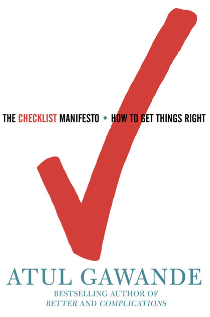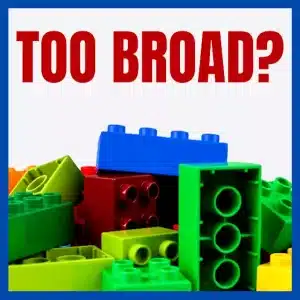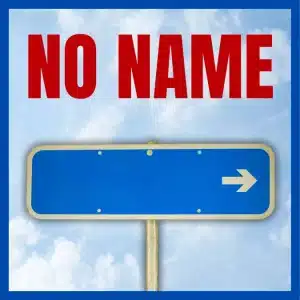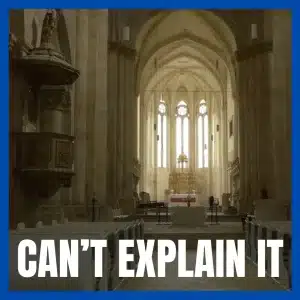Here’s the 7th example in the Sticky Change series.
Derived from: Chip and Dan Heath, Switch : How to Change Things When Change is Hard
In RAP10 we talked about building habits.

Atul Gawande uses checklists to save lives. That’s sounds a little outrageous until you realise he’s a surgeon at Brigham and Women’s Hospital in Boston.
In emergency situations making a big mistake could mean the difference between life and death.
He’s also a writer for the New Yorker and author of the highly regarded book The Checklist Manifesto.
Here’s some I could use…
• Packing for travelling – to ensure I have all the cables I need for my equipment
• Running workshops and lunches – to ensure I’m clear in the head to present and not thinking about all the logistics
• Publishing blog posts – to ensure I remember to tag and categorise them
• Cooking – to make sure I have all the ingredients when I go to the supermarket
• Business Systems – as a way to systematise what I do and have a VA do some work for me



